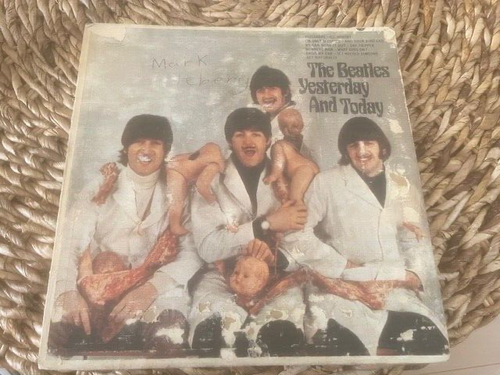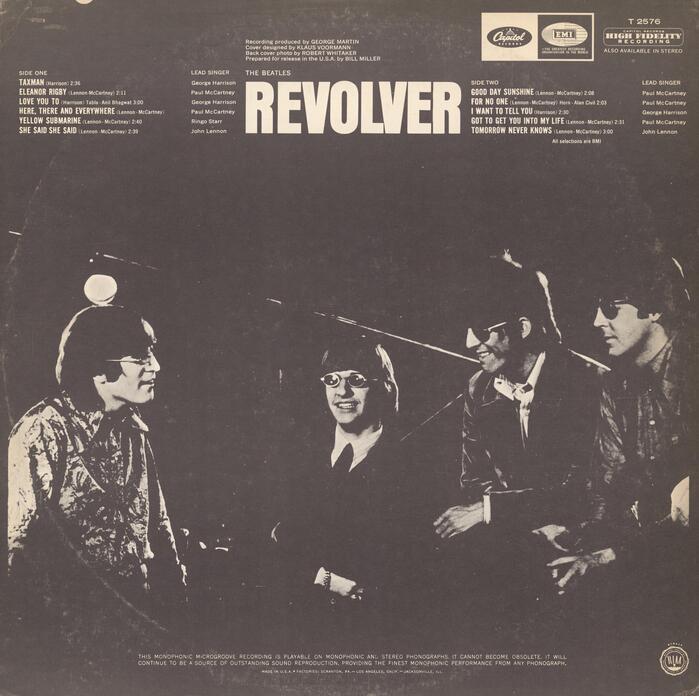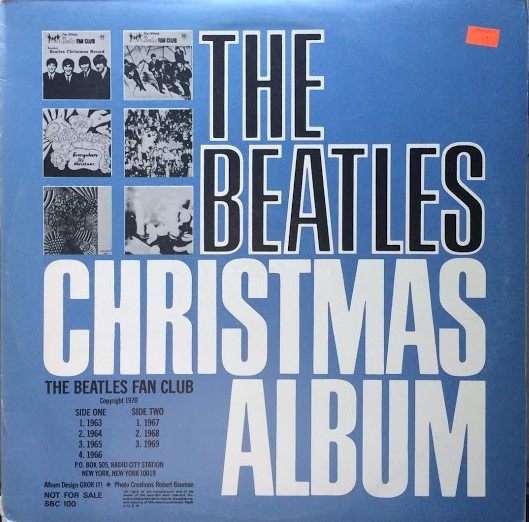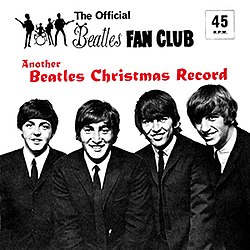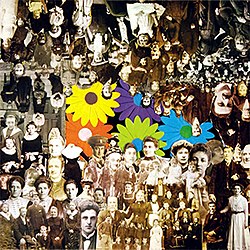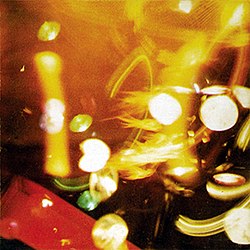Ok here we go with my ranking of UK vs US versions of albums. It's a little complicated given the fact that they started to be the same with Sgt. Pepper and the different way movie soundtracks were handled and the US compilation albums.
But I basically started with my ranking of the UK albums as I knew them before.
Sgt. Pepper - I'm pretty much going to always have this #1 even though it is not my favorite album. But the cultural impact, the sounds, the innovation, the influence, etc. make it #1
My favorite album over time has changed but always between one of these four. You of course might have your own personal favorite among these. For now I rank them this way:
Abbey RoadThe White AlbumRevolverRubber SoulLet It Be - is always 6th in my list but still great. The release of the Let It Be...Naked version though was much preferable to me especially with "Don't Let Me Down". As it was released it is not even so much the Spector overdubs it is just there are songs I skip. I don't play this all the way through the way I do the other top albums.
For me the next couple of albums in the UK chronology major soundtrack albums primarily because of the second B side numbers not on the US versions
Help! - this one gets the nod with "Yesterday" and a couple of other tracks on the B side which really are the prelude to Rubber Soul and the "folk rock" era of the Beatles
A Hard Day's Night - still an excellent album
For me the original three albums are next with some deference given to the the original. I have listened to these all the way through and enjoy them for what they are. They are definitely an era unto themselves imo and while I appreciate that era it is not why I love The Beatles.
Please Please MeWith The BeatlesBeatles For Sale - my least favorite of the first three albums
And bringing up the rear are the only ones I would say are subpar mostly due to few songs.
Magical Mystery Tour (EP) - in this case with just the 7 soundtrack songs it's not great
Yellow Submarine - the fact that it only has 4 new original (lyrical) songs puts it at the bottom
Ok I started with that and then started listening to the US Capitol release albums over the last few weeks and here is what I ended up with. The color highlighting is to show the difference in rating between the UK and US versions for albums with the same title. Common ones are shown in the middle as they were the same for both.
EDIT - decided to add a Rating column

Comments on the US versions:
Rubber Soul - as I said when I reviewed that one it is by far the best US release that is different than the UK. The 4 songs swapped out are missed if that is what you are used to but the inclusion of the two other songs fit better when just taken as it is for a complete folk rock album. It's impact in the US was huge. For me they are a tie in this case.
Revolver - in this case the exclusion of three songs with no replacement hurts the US version badly especially given that all three were John songs it also throws off the balance of that record.
Help! - US version gets severely downgraded as the missing 7 songs that went to different albums were huge and of course the orchestral pieces are not anything anyone wants to hear really.
A Hard Day's Night - also downgraded with the missing songs and orchestral versions but not as badly since the B side songs on this were not as big
These next four are basically US compilations. They are really solid albums and get put above the original three Beatles albums in my book.
Yesterday and Today - just a fantastic album really with huge hits
Hey Jude - late in the Beatles run but still a great album just wish it had 2 more tracks
Meet The Beatles - this was the first Capitol record in the US and it is fantastic. The songs they took mostly from With The Beatles plus some singles has only one cover song as opposed to those early UK Beatles albums that always had many covers (With The Beatles had 7 covers for example). That makes this superior in my book plus there were some huge hit singles included that the UK versions did not have on any album.
Magical Mystery Tour - in this case the US version is far superior to the UK EP due to all the added songs many of which were big hits. Which is why this version was adopted for the unified worldwide Beatles catalogue when they standardized it. Great album.
The rest of the US releases all come in after the original three UK albums and before the UK MMT (EP) and Yellow Submarine album due to the few new songs on those (7 and 4 respectively).
The Beatles Second Album - this is the best of the remaining US albums as it is a very rocking record for it's days and had kids in the US enthralled. Lots of covers here (from With The Beatles primarily) but a fun record.
Beatles '65 - a good record but not great
The Early Beatles - this Capitol compilation is better than the original Vee-Jay records Introducing The Beatles version of their first album in the US
The US versions of the two soundtrack albums
Help! and
A Hard Day's Night are next as they lack as many songs as the UK versions and the orchestral pieces are just filler
Introducing the Beatles - not great but some nod to it being the first album in the US
Something New - just a blatant money making album thrown together with nothing new really. No continuity and the remixes and overdubs are atrocious.
Beatles VI - this is a butcher job of laziness in every way from editing, song selection, cover art, even the marketing and title. It pretty much was the last straw and after this The Beatles had a lot more control of their US releases.
As always my rankings tend to change over time but after 2+ weeks now listening to the US Capitol versions almost exclusively this is what I came up with. I was moving them up and down as I listened to each one. The ones I have found myself wanting to listen to multiple times are the US Rubber Soul version, Yesterday and Today, Hey Jude, and the US version of Magical Mystery Tour. Which is why they are ranked where they are. I won't listen to the Revolver US version ever in lieu of the UK version it is objectively much worse. And the rest of them I prefer some UK version to almost any of them.











